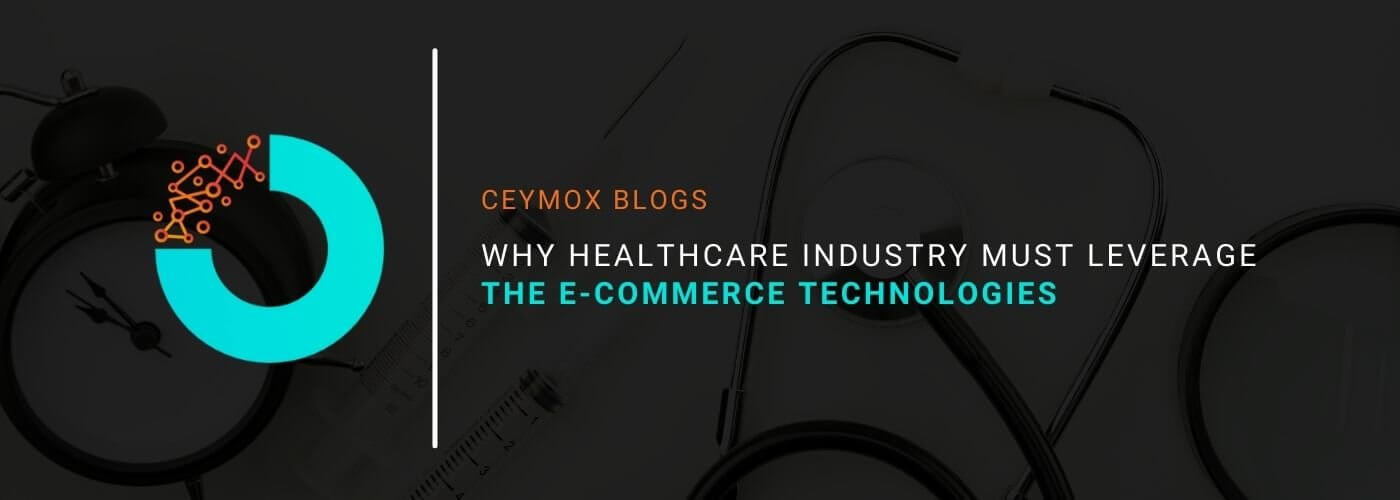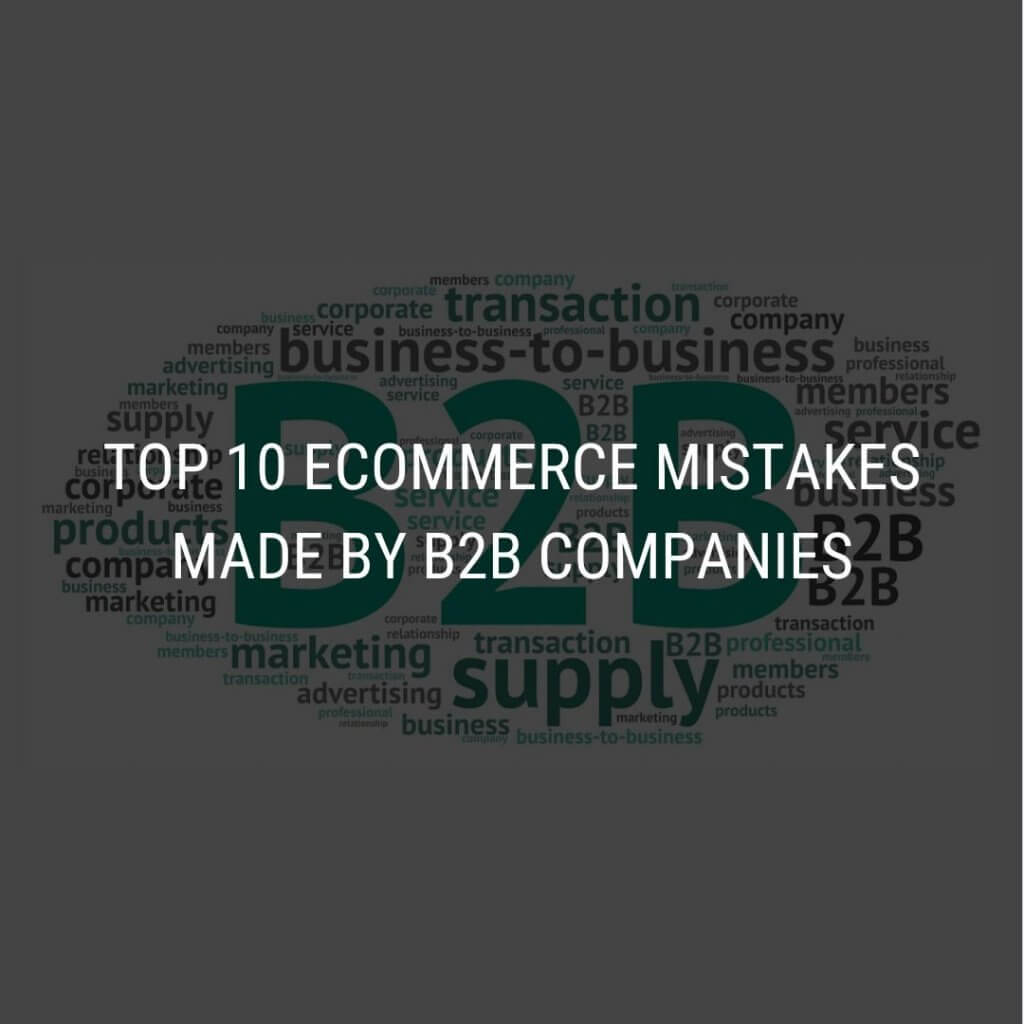
Adopt digital to boost profits and loyalty
Healthcare suppliers had significant hurdles when the year 2020 began. Amazon and other behemoths pose a threat. Walmart was expanding. Customer anticipations for It became more difficult as a result of comparable experiences in other businesses. to sell to hospitals, therapists, optical clinics, and other healthcare facilities providers. When the epidemic struck, the need for Online participation and self-service was virtually instantaneous. launching the sector into the digital age
Telehealth and remote monitoring usage among healthcare practitioners have skyrocketed. Many in-person or call-centre interactions were shifted online by suppliers. However, the old sales strategy was prepared for upheaval even before the epidemic began. Digitalization has become a must for every sales organization, ultimately leading to increased corporate efficiency and income, as well as better convenience & experiences for consumers. When it comes to procuring and delivering products and services, healthcare providers, customers, and suppliers all confront difficult challenges.
First, healthcare practitioners face product and supply constraints. In 2020, medical staff experienced a lack of facemasks, respiratory protection, gowns, gloves, and other supplies.
even for oneself, let on its own for patients Even under normal conditions, workers in areas such as surgery frequently lack appropriate supplies. expiry date, collect items for kits & bundles and gather all necessary supplies for discharged patients Any Time spent refilling supplies detracts from vital tasks. concentrate on delivering exceptional care
At the same time, buyers encounter difficulties when making purchases. According to Econsultancy, 65 per cent of buyers are frustrated throughout the purchasing process due to a lack of product and service information. A customer who needs new spectacles, for example, may well have a prescription but be tight on funds and, more critically, time. She would want an optical provider to give an eCommerce website with the same flexibility that the other B2C companies do.
Old and obsolete B2B systems make even the simplest transactions complex for suppliers. Without modifications, providers cannot easily provide the experiences that modern consumers want, such as allowing them to pick the type of battery used in medical equipment or providing them regular shipment progress updates. Rigid systems are unable to accommodate digital transactions, and disconnected systems, predictably, result in disjointed and unpleasant experiences
This is an excellent illustration of how obstacles may lead to opportunities. Suppliers may position their businesses to compete in the huge and competitive healthcare sector by addressing existing difficulties and developing digital trends. The potential is growing. According to Research and Markets, the eCommerce industry will expand from $181 billion in 2019 to over $311.3 billion in 2020. With people bypassing stores in favour of remaining at home beginning in 2020, the eCommerce sector had an overall rise in growth, notably in healthcare items. The pandemic’s new commercial dynamics are hastening the change.
Embrace the potential of eCommerce
Buyers and buyers who did not demand changes in sales strategies before the epidemic are likely to seek out engaging digital experiences now. It’s much more difficult to provide them when you’ve spent 2020 striving to catch up. However, when crisis mode gives way to the next standard, eCommerce will provide exciting opportunities to grow your firm. Here are three major opportunities, the difficulties they solve, and how successful healthcare suppliers have leveraged them to achieve their objectives.
1. Upgrade from Physical to Digital
As we lose in-person encounters in 2020, it’s critical to substitute them with digital-friendly ones that provide the same level of human involvement. Suppliers are shifting to digital interactions and transactions to provide customers with greater flexibility and better possibilities.
Healthcare providers want systems that allow them to buy how and when they want, as well as quick access to various things for bundles.
Staff may browse catalogues and goods from numerous suppliers and compare features and costs for approved vendors & set purchasing authority. Customers also demand the convenience of filling prescriptions, purchasing protective gear, and sometimes even ordering diabetic or blood pressure monitoring devices online.
For suppliers, giving digital goods and services may streamline transactions, allow for customization before shipment, and facilitate quick scale-up, increasing revenues and cutting operational costs.
2. Take the direct approach
Many companies that formerly sold their products through storefronts or resellers are seeing the benefits of selling directly to customers. Suppliers, for example, have traditionally offered masks, gowns, gloves, and even bleach in hospitals and healthcare facilities. However, rather than selling pallets or gallons, a B2B company may provide smaller quantities straight to customers, with no middleman taking a portion. This includes making it clear to customers how to make purchases and how much they will cost. Having a B2C commerce portal may provide customers access to your whole product range, including descriptions, insurance-based pricing, and quick and direct ordering. You may scale up by launching new sites, shops, and product lines using a single architecture. Consumers will rapidly discover that eCommerce provides them with various buying options that are safe, secure, and private, as well as fit their needs. Nordic Naturals, for example, not just to sells directly to the consumer, but also offers memberships that allow them to get things at regular intervals.
Selling B2C opens up a new market with significant earning potential. However, implementing a single, integrated platform capable of handling both B2B and B2C transactions is critical.
Juzo boosts sales while decreasing errors and order processing time
Juzo is a German compression therapy product maker. For many years, the company physically processed the majority of its many thousand order lines from domestic and international markets. The system was prone to errors, inefficient, and time-consuming cooperation between Juzo and dealers.
Juzo chose Magento Commerce specifically for its seamless interface with its organizational resource planning and product information management systems since they were desperate to embrace the digital revolution.
For B2B customers, Juzo created a self-service dealer portal. The portal acts as a hub for any customer-related information, displaying everything from historical orders to important invoices.
Additional additions meet country-specific legal needs while also improving performance, search, and catalogue options.
The system also includes a configurator for customizing items to meet the therapeutic needs of individual patients.
The portal reduced mistake costs to 0.1 per cent, significantly reducing customer support calls. Cost per acquisition has also decreased when compared to earlier methods.
Nestle’s NCare B2B2C site takes a comprehensive approach to patient management
Nestlé Health Science enables healthcare providers to buy, monitor, and manage nutritional needs and regimens for their patients. However, Nestlé also desired to develop a patient access platform that included a full solution for monitoring nutritional requirements. The B2B2C site is designed for a variety of role-based, each with its very own set of feature needs and procedures.
Nestlé collaborated with Magento Solution Partner eWAVE to provide a complete solution that included the following features:
- Fully integrated with distributor fulfilment systems
- Advanced multi-level, multi-user user management
- Structural, account-based pricing engine
- Advanced payment features including medical, consumer, and co-payment capabilities
- Thanks to a clear and straightforward final experience, integrated communications, and facilitated repeat purchasing, scheduling, and shipping, the platform improved ties between health care providers and patients.
3. Make extraordinary experiences a necessity
According to Forrester Consulting, healthcare suppliers who are committed to a strong customer focus and invest in rich user experience improve sales, satisfy customers, and move rapidly.
The Advantages of Being an Experience-Driven Company
1. Increase revenue and the worth of your company.
- 1.5 times the customer lifetime value
- Revenue growth of 1.7X
2. Enhance the customer and prospect experience.
- Net promoter score of 1.9X
- 1.3X Customer Recommendation
3. Boost digital business.
- 1.8X quicker to market
- 2.3X more positive product reviews and ratings
However, a customer focus necessitates a data focus to identify your best-valued prospects and purchasers and provide excellent digital experiences throughout their journeys.
E-commerce and Healthcare in the Future:
Offering a digital storefront & allowing clients to purchase items online is more than just a form of entertainment and shopping; it also provides a high degree of convenience and customization from healthcare providers. Following the devastating coronavirus epidemic, individuals want healthcare & medical supplies delivered to their homes to prevent becoming infected. Here is how healthcare e-commerce will look in the future:
1. Artificial Intelligence
AI technology is the technology that has uses or applications in every imaginable field, including the healthcare business. AI may assist in numerous digital healthcare industries like patient care, product suggestions for diagnosis, telemedicine, and so much more.
Human mistake is not tolerated in the healthcare profession, which is where AI comes in. It can improve productivity while reducing human error. AI in healthcare may rise from $2.1 billion in 2018 to $36.1 billion by 2025, representing a 50.2 percent CAGR.
2. Virtual Reality and Augmented Reality
Augmented reality & virtual reality are two applications generated from AI, however, they have so many uses because they’ve become different sections. These 2 are also likely to be huge in the realm of healthcare. Whether it is a large healthcare institution or a small firm, everyone applauds the use of virtual reality to give patients the treatment they require. These technologies also assist doctors in providing patients with individualized care experiences. This trend is expected to continue in the future, with investment in this industry reaching a value of over $2.4 billion by 2026.
3. Omnichannel Experience
There is fierce rivalry in every field in this growing digital age, so if you would like to keep ahead of your competitors, you must take every available step. One such technique is omnichannel experience. The online experience is simplified and uniform across all touchpoints in the omnichannel experience. Customers will have a consistent experience across all channels, whether they are using a mobile device, a laptop, a desktop computer, or a tablet.
Inspire loyalty with convenience—and caring
The health – care sectors are overburdened and fatigued. It will take some time until you can bounce—not back, but forward—to meet quickly changing needs in an uncertain world.
Both doctors and patients are dissatisfied with their eCommerce experiences in health and healthcare. They rapidly tire of brands that don’t cater to their “I want it now” mentality.
That implies suppliers must adapt to a new paradigm by providing ease to make customers’ lives easier, as well as the personalization to display care. The victors will meet clients in which they are & sell when and how they choose, whether in person, via a portal or marketplace, or mobile. They will provide detailed information, curated recommendations, and customized items, promotions, and prices. And they’ll keep customers coming back since they provide relevant, personalized information at the right moment.
When you switch to eCommerce, you acquire the freedom to apply whatever tactics you discover most effective, even if they haven’t yet been developed. However, you need to have a single platform to enable you to execute all of the possible scenarios B2B to B2C to B2E (everyone)—and manage anything from simple transactions for over-the-counter medicine to complicated purchasing journeys for specialized equipment.
With it in place, you’ll be able to develop unparalleled client loyalty and advocacy while competing successfully even with the most aggressive newcomers into the healthcare industry.
Orders climbed by 53%, and consumers increased by 21%, thanks to Performance Health.
The world’s largest manufacturer and distributor of rehabilitation and sports health products is Performance Health. The firm sells to hospitals and healthcare practitioners such as physical therapists, sports trainers, and chiropractors. Biofreeze and TheraBand are two brands.
The demands of Performance Health’s B2B power customers were not being met by its in-house commerce platform. The firm used Magento Commerce, which simply linked with existing backend systems. A giant menu allows users to search several product categories, and new features include the ability to locate customizable goods. Larger organizations can use Web Order Approval to build up systems that allow hundreds of employees to submit purchase requests for approval from superiors. This improved experience raised overall orders by 53%, online revenue by 15%, and new customers by 21% year on year.
Wrapping Up:
This article has covered a wide range of topics related to the healthcare e-commerce market. Bringing your traditional healthcare firm online can enhance income and increase exposure and brand awareness. Ceymox Technologies, the top e-commerce development firm in India, specializes in creating e-commerce shops from the ground up for a wide range of industries. Please let us know what you need.
 Hubspot SEO Certified |  Hubspot SEO II Certified |  Google Ads Search Certified |  Google Analytics Certified |
Sreehari N Kartha is a skilled Digital Marketing Analyst at Ceymox, certified in SEO. His expertise encompasses a wide range of digital marketing strategies, including managing advertising campaigns on platforms like Google Ads, Facebook Ads, Instagram Ads, WhatsApp Ads, and LinkedIn Ads. With a strong foundation in SEO and SMM, Sreehari is adept at optimizing online visibility, driving engagement, and generating qualified leads and conversions. His passion for emerging technologies, such as Crypto, NFTs, and Web3, further complements his skillset, enabling him to navigate the dynamic digital landscape.
View All Articles








